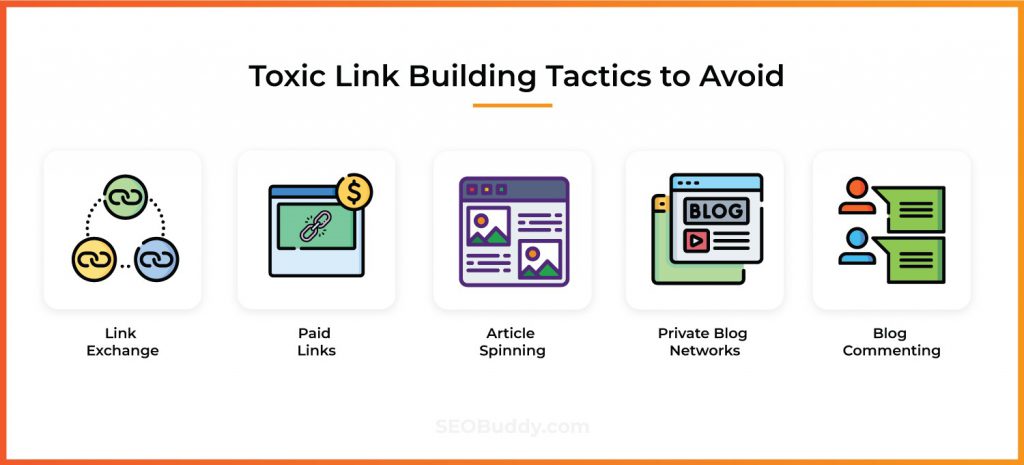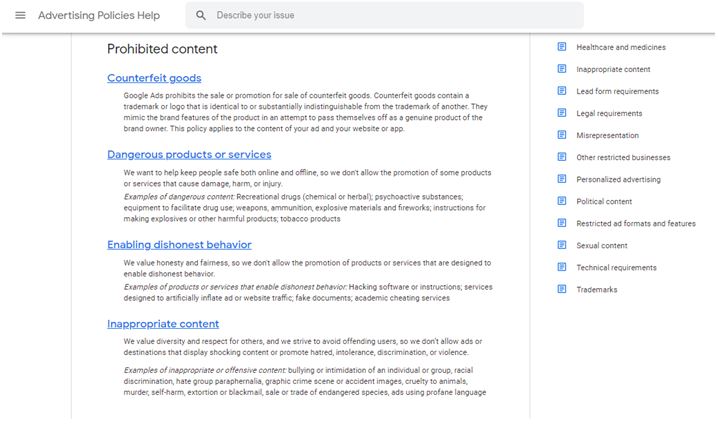All Categories
Featured
Table of Contents
- – Who Is The Top-Rated Semantic Keywords Provider
- – Who Offers The Most Reliable Semantic Seo Audi...
- – What Do Seo For Semantic Search Services Incl...
- – Who Is The Premier Semantic Search Engine Opt...
- – What Is The Leading Semantic Search Engine O...
- – Top Optimizing For Search Intent Prices Near...
- – Who Has The Most Recommended Semantic Seo An...
The internet is transforming, becoming a growing number of semantic. Search engine optimization is additionally altering and coming to be much more semantic. This is because search engines have actually developed and are relocating increasingly more towards reviewing material on the internet. Naturally, that has likewise changed the way we create material, especially if we want to rate much better in the internet search engine.
, the pioneer of the Internet, spoke of to represent the concept that all points in deep space are deeply interconnected. Intertwingularity is not normally recognized, people keep claiming they can make points deeply ordered, categorizable and consecutive when they can not. Every little thing is deeply intertwingled. Based upon the connections in between search intents, the internet search engine likes a web content in placing by determining the distance between the vectors of definition.
It allows you to see, beginning from a topic, all the entities that belong to that subject. This way you can clearly see which entities/concepts/ideas have actually already been covered on your website, and you can find brand-new chances by comprehending what web content you can add and exactly how to produce it.
Who Is The Top-Rated Semantic Keywords Provider
It is able to make your web content easy to understand for online search engine on the one hand and for your audience on the other. Structuring your content design highlights your material and its hidden partnerships to make sure that online search engine can acknowledge you amongst hundreds of pieces of details, making you a lot more visible to users that fulfill the search intent associated to your organization.
In semantic SEO copywriting, an editor begins from a more comprehensive variety of subjects and tailors the content to include semantically pertinent terms and phrases that aid visitors understand a subject, similar to reviewing content in a wiki. From a content composing perspective, one practical means to do this is to develop a vocabulary of terms and inquiries bordering your target topic.
Who Offers The Most Reliable Semantic Seo Audits Services
Discover more concerning by viewing the by!.

Semantic search refers to the process of exactly how search engines understand and match key words to a searcher's intent in natural search results. Prior to semantic search, internet search engine like Google operated like matchmakersaligning specific words in your inquiry with those exact words on webpages. The results were uncomplicated but often did not have deepness.
What Do Seo For Semantic Search Services Include?
It enables Google to use quick, accurate answers to search questions concerning real-world subjects. When you kind an inquiry word right into Google, you're not just entering a series of words.
When you look for "Apple," Google does not just see a word that describes a fruit. It recognizes Apple as a company and can give relevant information. Like the name of its CEO, Tim Cook, or its newest supply rates. Google revealed the Hummingbird upgrade in 2013. It was Google's solution to the rise of voice searches, where questions ended up being more conversational and nuanced.
Who Is The Premier Semantic Search Engine Optimization Company
By incorporating NLP, Hummingbird allowed Google to move past plain keyword matching. It aided the search engine comprehend search intent, increasing the odds that results would properly match the factor behind an individual's search.
RankBrain is a maker learning system that aids Google interpret questions it hasn't seen prior to. It can make assumptions about words and phrases it doesn't recognize and filter results appropriately. Making it more efficient at dealing with never-before-seen search queries. RankBrain considers even more than simply key phrases when analyzing a search query.
So it brings results that match the search phrases and straighten with the total intent of supplying young puppy training suggestions. And if the user regularly looks for dog-related content, Google may prioritize extra in-depth training guidesrecognizing the user's ongoing rate of interest in the subject. Combining modern technologies like the Understanding Graph, Hummingbird, and RankBrain, semantic search aids the Google formula translate and link data across a substantial web of info.
What Is The Leading Semantic Search Engine Optimization Manufacturer
The focus changes from keyword selection to an all natural technique including user intent, topical relevance, and total user experience. Developing material that attends to the searcher's needs with comprehensive details can boost your SERP positions.
And kind of material can best please their demands. A wider approach to material aligns better with semantic search's change far from specific search phrase matching and towards individual intent. Which discusses the increased concentrate on subject collections, instead than specific keyword phrases. Content that covers search inquiries extra extensively not only pleases individuals.
UX aims to develop a visually enticing, easy to use interface with interesting, high quality material that encourages visitors to stay. Semantic search technology enables search engines to intend for results that provide the best possible UX.
Top Optimizing For Search Intent Prices Near Me

All showcase Google's ability to address a topic inquiry adequately. By comprehending the context and intent behind customer queries, search engines can supply more pertinent info and possibly boost individual engagement. Customization in search engine result creates much better UX.Based on your past search background and choices as a customer, semantic search aids online search engine customize the results to suit your special demands and rate of interests.
It brings outcomes that match the keyword phrases and align with the general intent of offering pup training guidance. And if the user often looks for dog-related material, Google could prioritize much more comprehensive training guidesrecognizing the user's ongoing rate of interest in the topic. Incorporating innovations like the Expertise Chart, Hummingbird, and RankBrain, semantic search aids the Google formula interpret and link data throughout a large web of details.
Who Has The Most Recommended Semantic Seo Analysis?
The focus shifts from keyword selection to a holistic technique including customer intent, topical importance, and total individual experience. Creating material that deals with the searcher's requirements with thorough information can improve your SERP positions. Listed below, we detail the fads and practices that combine the requirement for semantically educated web content. Later on, we offer workable ideas to transform these insights right into ideal methods.

And type of material can best satisfy their needs. A more comprehensive technique to material aligns better with semantic search's shift far from exact key phrase matching and towards customer intent. Which describes the boosted emphasis on topic clusters, rather than private key phrases. Material that covers search queries better not only pleases users.
And five times greater than websites that take 10 secs to lots. While technological search engine optimization makes certain ideal site performance and accessibility, concentrating on individual experience (UX) takes it an action additionally. UX aims to develop a visually appealing, easy to use interface with interesting, high quality web content that encourages site visitors to remain. Semantic search innovation allows search engines to go for results that give the most effective possible UX.
All showcase Google's capacity to address a subject question thoroughly. By recognizing the context and intent behind customer inquiries, internet search engine can deliver much more appropriate info and possibly enhance user interaction. Personalization in search results creates far better UX.Based on your past search background and choices as a user, semantic search helps online search engine tailor the results to fit your distinct needs and passions.
Table of Contents
- – Who Is The Top-Rated Semantic Keywords Provider
- – Who Offers The Most Reliable Semantic Seo Audi...
- – What Do Seo For Semantic Search Services Incl...
- – Who Is The Premier Semantic Search Engine Opt...
- – What Is The Leading Semantic Search Engine O...
- – Top Optimizing For Search Intent Prices Near...
- – Who Has The Most Recommended Semantic Seo An...
Latest Posts
What Is The Most Suitable Semantic Markup In Seo For Me
What Is The Leading Semantic Seo For Beginners Business?
Top Semantic Seo Checklist You Can Buy
More
Latest Posts
What Is The Most Suitable Semantic Markup In Seo For Me
What Is The Leading Semantic Seo For Beginners Business?
Top Semantic Seo Checklist You Can Buy